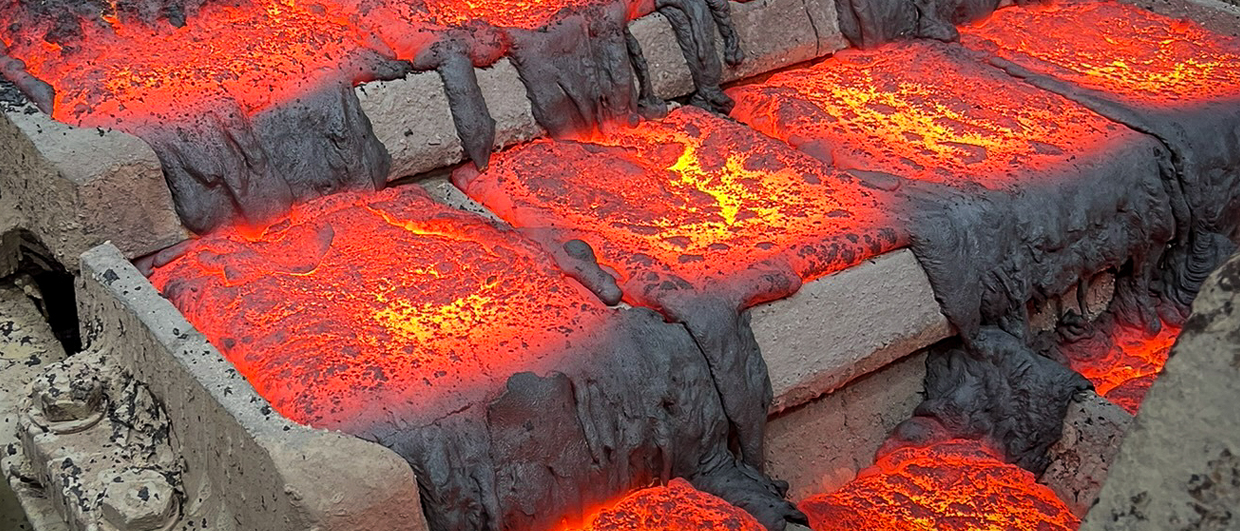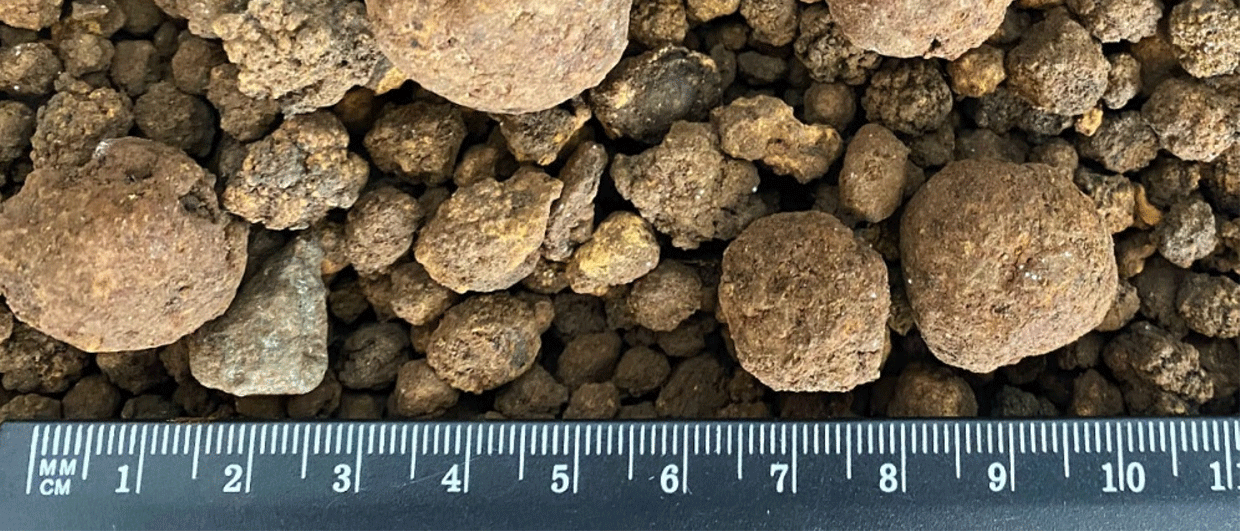Oceanographers at MIT, the Scripps Institution of Oceanography, and elsewhere have developed a model that makes realistic predictions of how a sediment plume generated by mining operations would be transported through the ocean.
This model predicts the size, concentration, and evolution of sediment plumes under various marine and mining conditions. These predictions, the researchers say, can now be used by biologists and environmental regulators to gage whether and to what extent such plumes would impact surrounding sea life, according to a study published in Nature Communications: Earth and Environment and reported by Jennifer Chu, Massachusetts Institute of Technology in phys.org.
“Our study is the first of its kind on these midwater plumes and can be a major contributor to international discussion and the development of regulations over the next two years,” says Thomas Peacock, professor of mechanical engineering at MIT.
Thomas Peacock, Professor in mechanical engineering at MIT, will give a talk on the impact of sediment plumes at the conference Deep Sea Minerals, October 20-21, in Bergen, Norway.
The reason for conducting such studies is the potential value of potato-sized nodules layered with minerals accumulated over millions of years. In the deep oceans, and in particular in the Clarion Clipperton Fracture Zone (CCFZ), these polymetallic nodules are estimated to contain vast resources of nickel, cobalt, copper and manganese, as well as titanium, molybdenum, zirconium and rare earth elements (REE).
According to phys.org, such deep-sea-mining schemes propose sending down tractor-sized vehicles to vacuum up nodules and send them to surface, where a ship would clean them and discharge any unwanted sediment back into the ocean. But the impacts of deep-sea mining – such as the effect of discharged sediment on marine ecosystems and how these impacts compare to traditional land-based mining – are currently unknown.
“Polymetallic nodules primarily consist of precipitated iron oxyhydroxides and manganese oxides, onto which metals such as nickel, cobalt, copper, titanium and rare earth elements sorb. The enormous tonnage of nodules on the seabed, and the immense quantities of critical metals that they contain, have made them a target for future mining operations.”
James R. Hein, Andrea Koschinsky & Thomas Kuhn
Nature Reviews Earth & Environment
James Hein will give a talk on “Cobalt-rich Fe-Mn Crusts, Nature’s Storehouse of Critical Metals, and Current Resource Development at the conference Deep Sea Minerals, October 20-21, in Bergen, Norway.
Deep-sea mining for polymetallic nodules will generate two types of plumes. First, there is the “collector plumes” that vehicles generate on the seafloor as they drive around mining nodules 4-6000 meters below the surface, and second, “midwater plumes” that are discharged through pipes that descend 1,000 meters or more into the ocean’s aphotic zone, where sunlight rarely penetrates.
The recently published study focused on the midwater plume and how the sediment would disperse once discharged from a pipe.
To shed light on what happens to the sediments in the plume, Peacock and colleagues conducted six experiments off the coast of Southern California. What they discovered was that the sediment, when initially pumped out of a pipe, was a highly turbulent cloud of suspended particles that mixed rapidly with the surrounding ocean water.
“There was speculation this sediment would form large aggregates in the plume that would settle relatively quickly to the deep ocean,” Peacock says. “But we found the discharge is so turbulent that it breaks the sediment up into its finest constituent pieces, and thereafter it becomes dilute so quickly that the sediment then doesn’t have a chance to stick together,” according to phys.org.
Jennifer Chu reports that “the researchers have developed formulae to calculate the scale of a plume depending on a given environmental threshold. For instance, if regulators determine that a certain concentration of sediments could be detrimental to surrounding sea life, the formula can be used to calculate how far a plume above that concentration would extend, and what volume of ocean water would be impacted over the course of a 20-year nodule mining operation”.
HALFDAN CARSTENS




